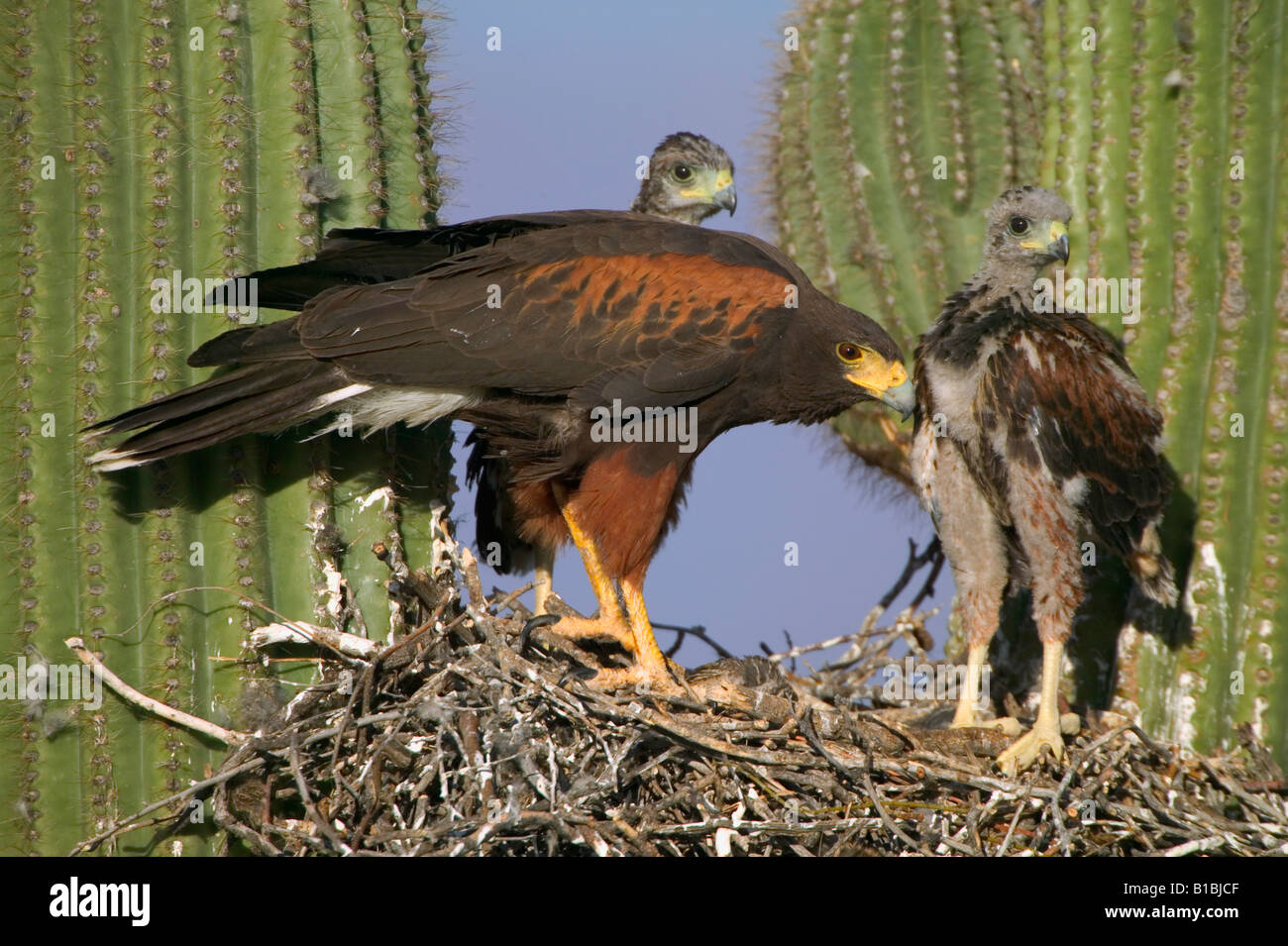

Life histories of North American birds of prey, Part 1.

Winter: Canada, United States, more southern regions of Europe. Vocalizations occur most often near nest during breeding season (biased by prevalence of studies associated with breeding) and during aerial territorial displays ( Bent 1937bīent, A. Lacking trees on the tundra, it sometimes uses caribou bones as nest material. Mates also utter a low, nasal gannk when near one another. Several of these chirps are uttered at intervals of about a second ( Fitch et al. During courtship flight, a sharp, shrill chwirk is produced by one or both mates ( Figure 4). Nestlings utter a softer version of the scream. ) and occasionally in response to human intrusion. Given frequently in sequence during territorial disputes ( Fitch et al. Usually produced by soaring birds, it is also uttered from a perch or during active flight. This call is also given during courtship. The most common call is a loud, grating cak-cak-cak, 2-5 seconds long, given by both sexes in defense of the nest. Often described as having a “steam-whistle” quality, (e.g. Outside of the breeding season, Cooper’s Hawks tend to be silent. Duration, pitch, and general quality of the scream vary greatly, presumably with age, gender, and circumstance. Cry often signals irritation or a defensive response when its territory is entered by an intruder or perceived threat ( Brown and Amadon 1968 Using sound is among the best hawk repellents for those who are conscious of environmental impact. During the spring breeding season, the Cooper’s Hawk accompanies its aerial display by vocalizations, interspersed with nest repair or building. Or you can hang it on your backyard wall to discourage them from swooping in. , that rises gradually then descends near the end. Place it near poultry and rabbit cages to deter owls and hawks from coming near. Condor 48:205–217.Īmong adults, the most familiar vocalization is a 2–3 s hoarse scream, kee-eeee-arrr ( Figure 4) Cathartes aura A familiar sight in the sky over much of North America is the dark, long-winged form of the Turkey Vulture, soaring high over the landscape. Behavior and food habits of the Red-tailed Hawk. These calls are accompanied by rhythmic wing fluttering upon approach by parents ( Fitch et al. Between leaving the nest and attaining independence, juveniles utter loud, persistent hunger calls ( klee-uk) in rapid sequence.
Young nestlings produce low, soft peeps ( pipsee) while in the nest, especially in response to the arrival of parents or other disturbance ( Brown and Amadon 1968īrown, L. Species names in all available languages Species names in all available languages Language


 0 kommentar(er)
0 kommentar(er)
